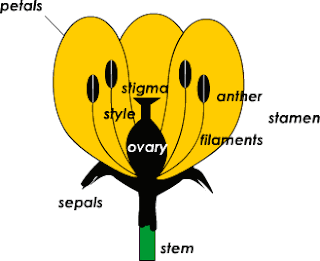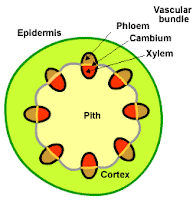
Assessment Statement 9.3: Reproduction in angiospermophytes 9.3.1 Draw and label a diagram showing the structure of a dicotyledonous animal = pollinated flower. 9.3.2 Distinguish between pollination, fertilization and seed dispersal. 9.3.3 Draw and label a diagram showing the external and internal structure of a named dicotyledonous seed. 9.3.4 Explain the conditions needed for the germination of a typical seed. Seeds require a combination of : oxygen for aerobic respiration water to metabolically activate the cells temperature for optimal function of enzymes for their successful germination. Each seed has its own particular combination of the above three factors. It maybe that in a particular species these processes need to be proceeded by other more specialised conditions such as: fire freezing passing through digestive system of a seed dispersing animal washing to remove inhibitors (beans) erosion of the seed coat (Poppy) The particular conditions required by a seed allows it to ma...
